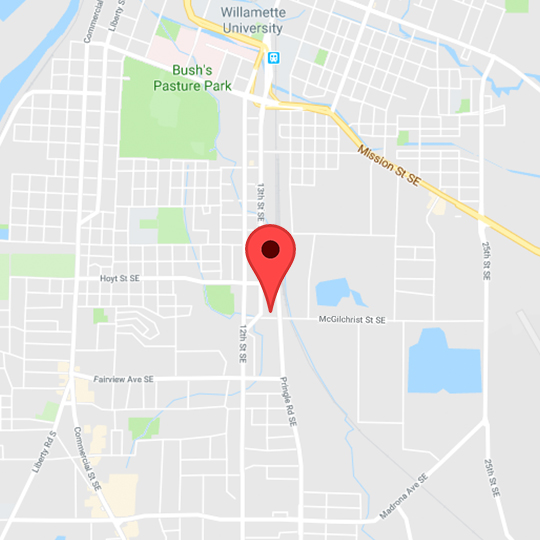Let me preface my thoughts by acknowledging up front my awareness of the wide cultural and personal differences in the approach to weaning. If you are reading this, I will assume some acceptance on your part of the American Academy of Pediatrics Guidelines, which suggest weaning by 14 months of age.
So why do parents often seem genuinely fearful when I raise this topic at the one year check-up? Because they anticipate a knock-down, drag-out fight with their little wondrous one. And why is their dread generally well-founded? For exactly the reason why it’s time to wean! The breast or bottle by 12 months of age has virtually nothing to do with the food the child is eating in this manner. Rather, it’s because the breast or bottle have become transition objects, albeit inappropriate ones.
So what is a transition object? It is an object to which Suzy very appropriately becomes emotionally attached to, as young as 8 or 9 months, which allows her to deal with challenging moments: going to bed and separating from Mom or Dad; falling and suffering a boo-boo; and perish the thought, Mom and Dad leaving Suzy with Grandma while they go out on a date. Every child absolutely needs a transition object.
The problem is that by a year of age, as the breast or bottle almost inevitably become said transition object, the child begins to prefer; no, covet; no, DEMAND them! Not because of the breast milk or formula they will consume. No; for the emotional experience.
And what is wrong with that? For starters, since the child doesn’t really need those breast or bottle feedings, predictably on awakening, and at nap and bedtime, every ounce they consume represent calories (about 20) that otherwise might have come from fruits or vegetables, or even iron-containing food like meats. These “emotional” feedings thus don’t represent supplemental calories, but are in fact, substitutions for what might otherwise have been a more balanced diet.
Let’s say that Billy drinks 6 ounces of formula on arising, for his afternoon nap, and at bedtime, a total of 18 ounces. That’s in fact 360 calories! Measured using fruits and vegetables, we’re talking a lot of food that Billy might have eaten, but likely won’t, having filled up on the formula.
A side issue: unless one brushes little Betty’s teeth after the feeding, a whole coating of sugar is left on the teeth, fodder for bacteria to use to produce acids that increase the risk of cavities.
So what is a relatively painless way to wean little Sammy off the breast or bottle? When you are ready, generally after 1 year, start by introducing a sipper cup with a few ounces of whole milk at each of the main meals, breakfast, lunch, and dinner. If Sammy doesn’t like the taste, fake him out by starting with 80% breast or formula, 20% whole milk, and gradually transition the proportions over a week or so to all whole milk.
While you are introducing the whole milk in a sipper cup at meals (i.e., in the high chair, at a meal with family, not while roaming the house), slowly taper the breast-feeding or formula bottles. I suggest taking 2 to 3 weeks to get down to 2 minutes for breast-feeding, or 2 ounces of formula.
During this time, it is very important that you introduce a more appropriate transition object: a blanket, or doll, or teddy, or some other fuzzy. Every time Samantha cries when mommy leaves, out comes the cuddle object, every time she falls, likewise in comes her new emotional friend.
When you are ready, likely a month or so after you started, it’s time for the FATEFUL DAY. That’s preferably a Saturday morning, when all adults are available and at their battle stations. For when cute little Emily awakens, she will be greeted with lots of loves and hugs, and cuddles, but no nursing or bottle. There will of course be great travail for most of the day, such that by bedtime, miss Emily is downright tuckered out.
Most parents tell me at the 18-month check-up that the process wasn’t nearly as difficult as they had anticipated. One caveat, however: if you allow your child to fall asleep consistently at breast or bottle, then you should first consult another article at Dr. Tom’s Corner: Infant Sleep: You Haven’t Slept Lately. You should follow the steps outlined in that article as you are tapering nursing times or bottle volumes.
Good Luck!


 and then tap "Add to homescreen".
and then tap "Add to homescreen". Salem Pediatric Clinic
Salem Pediatric Clinic
